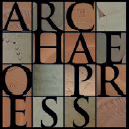
Publishing Scholarly Archaeology since 1997
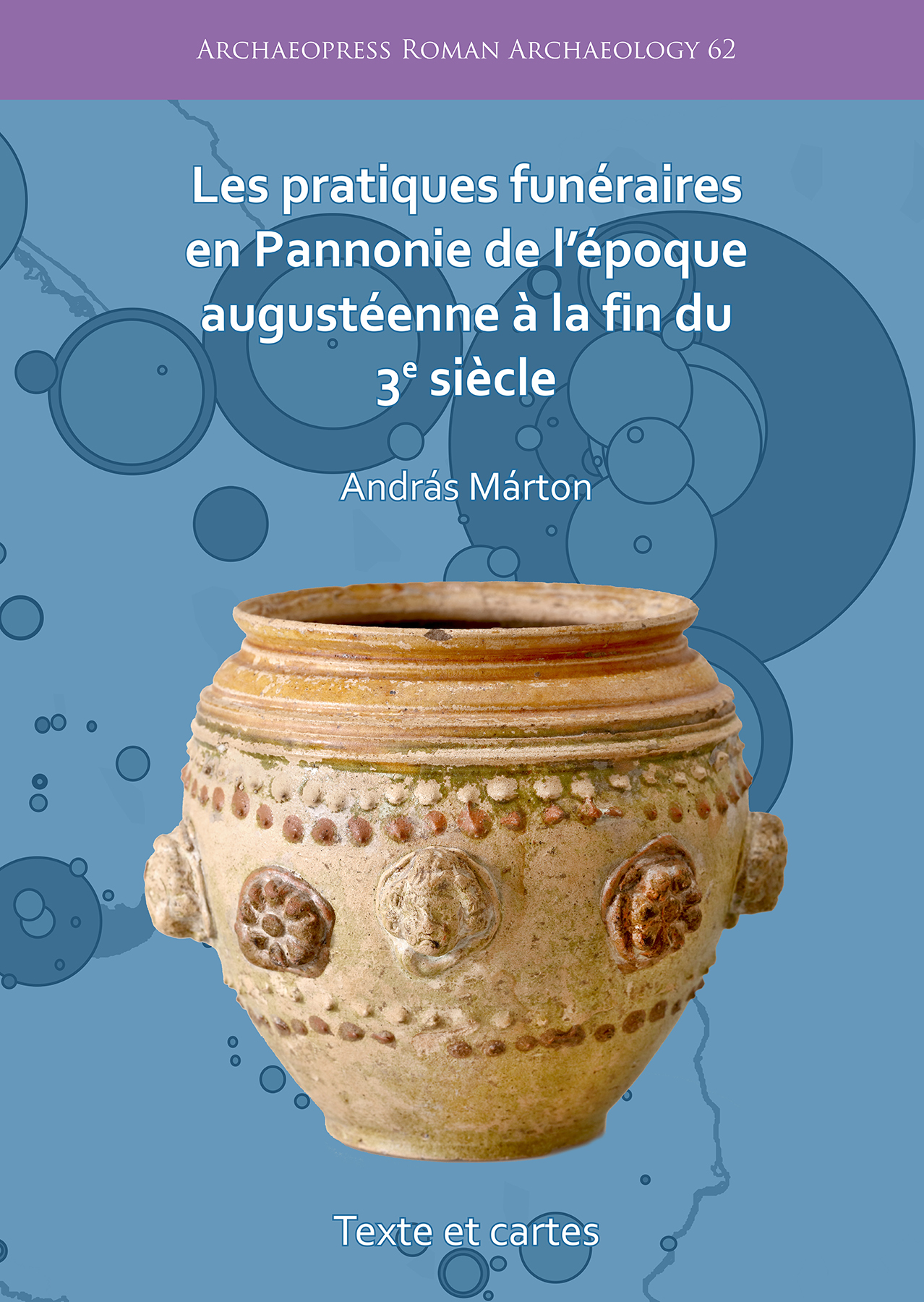
Download Sample PDF
H 290 x W 205 mm
538 pages
322 figures, 382 maps
French text
Published Jan 2020
ISBN
Paperback: 9781789693355
Digital: 9781789693362
Keywords
Pannonia; Roman funerary practices; Roman burial customs; grave treatment; grave furnishing; grave goods; Romanization; inhumations; cremations; grave cult; Roman cemeteries; Early Roman period
Related titles
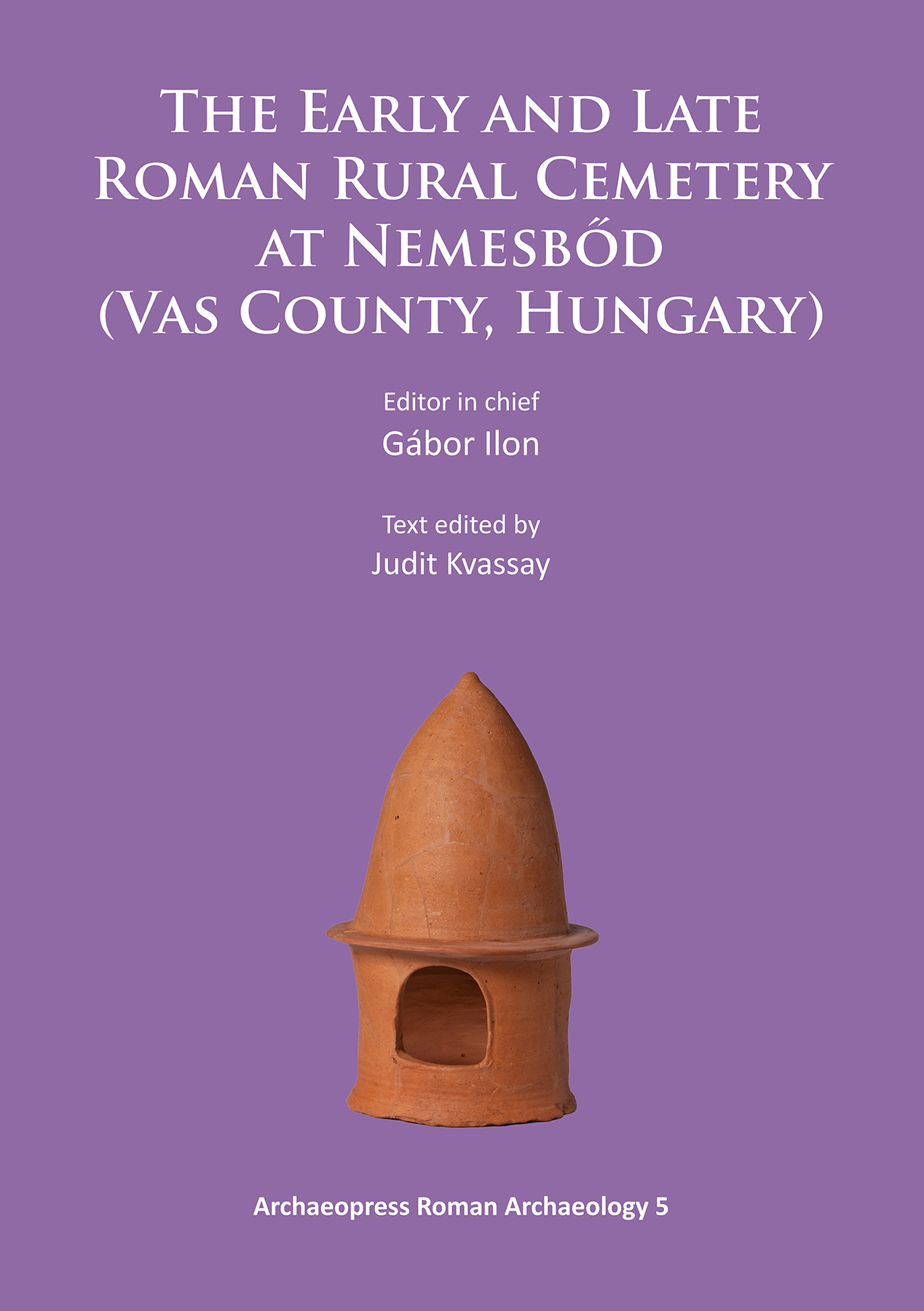
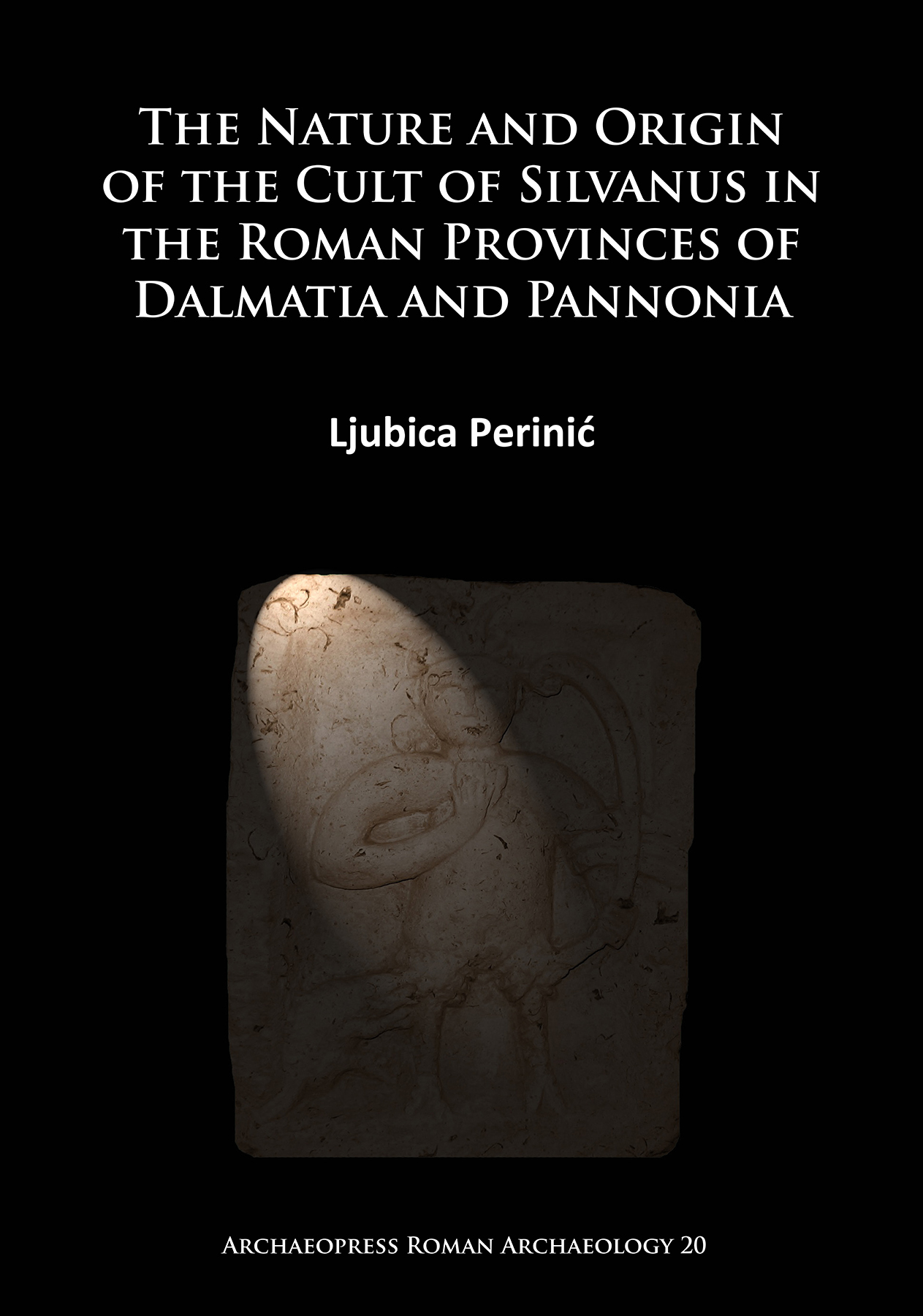
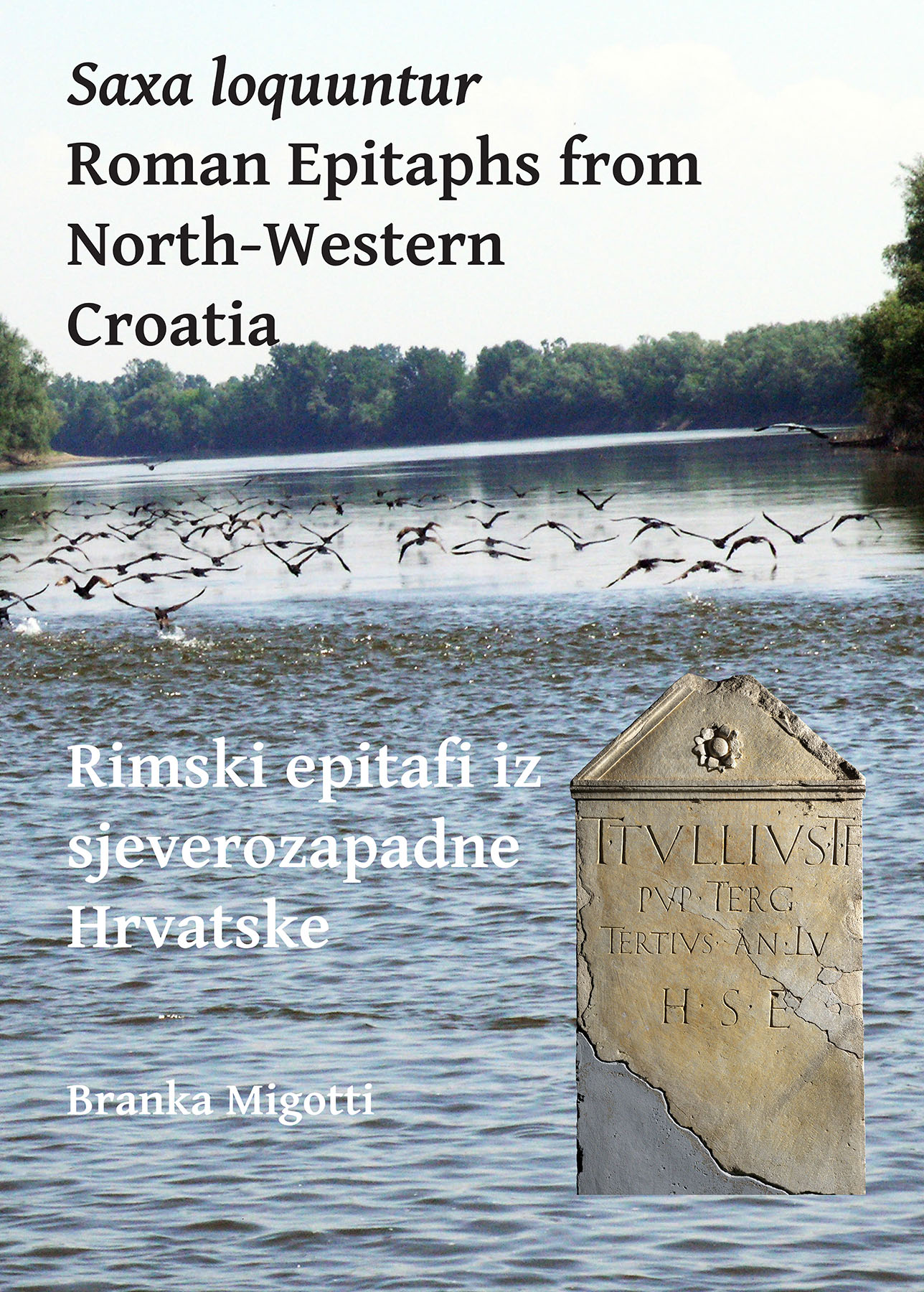
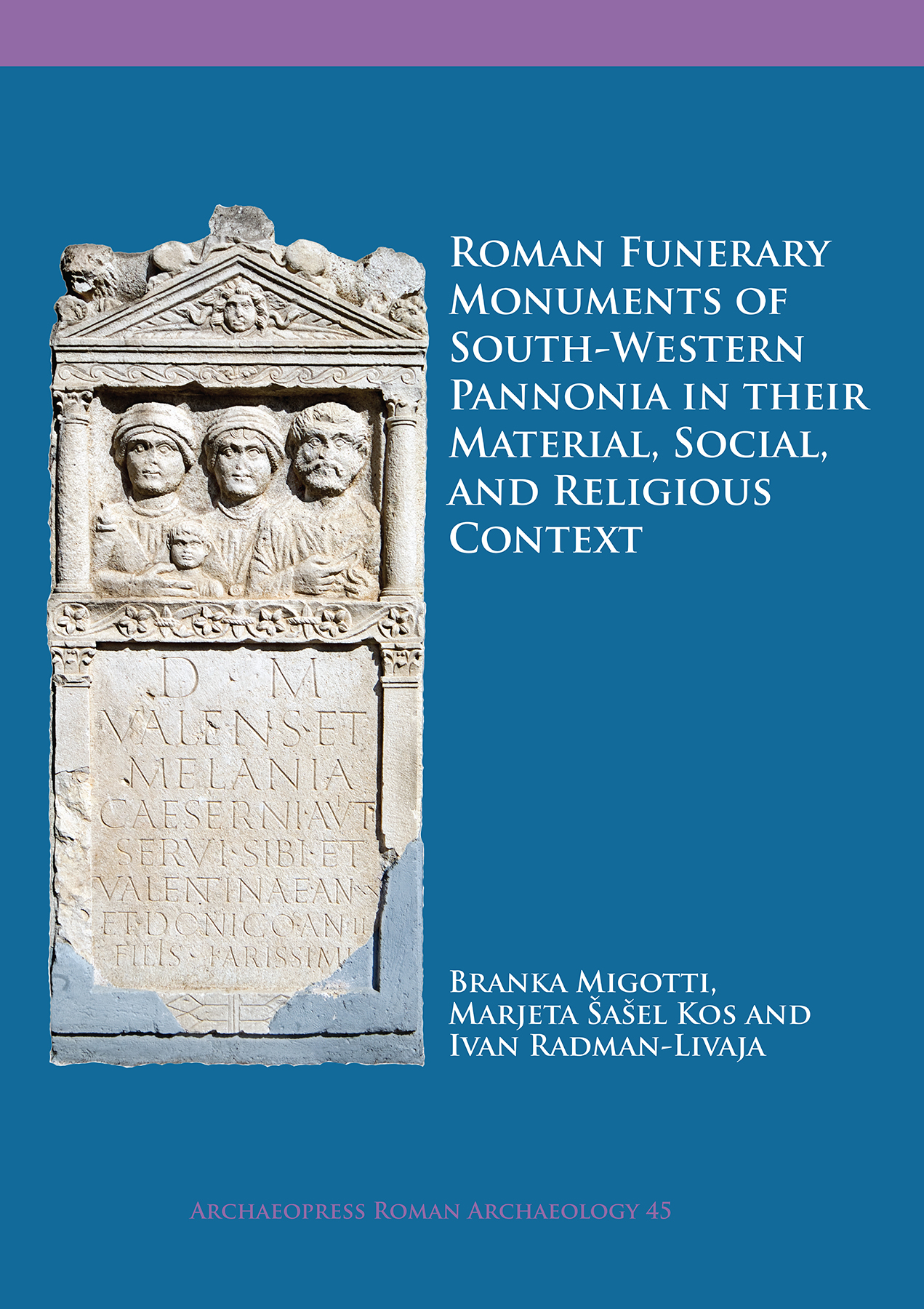
Archaeopress Roman Archaeology 62
Les pratiques funéraires en Pannonie de l’époque augustéenne à la fin du 3e siècle
Paperback
£70.00
Includes PDF
PDF eBook
(personal use)
£16.00
PDF eBook
(institutional use)
£70.00
This work aims to give an overview of Roman burial practices in Pannonia during the Early Roman period through the study of tomb structure, the selection and treatment of grave goods and analysis of human remains. It proposes a synthesis of the published finds to serve as a base for future research in the region.
Contents
About the Author
András Márton was born in Budapest. He holds masters degrees in History, and Archaeology (specializing in Roman provincial and Classical archaeology) from the Eötvös Lorand University, Budapest and a PhD from the Université de Bretagne Occidentale, Brest. He currently lives in France and is involved with research programmes at the Louvre and the Museum of Fine Arts, Lyon. His research interests are pottery studies and ancient funerary practices.En français
András Márton a étudié à l'Université Eötvös Lóránd à Budapest où il a obtenu deux diplômes de Master, l'un en Histoire et l'autre en Archéologie (spécialisé en Archéologie des provinces romaines et en Archéologie classique). Après avoir obtenu son diplôme, il a travaillé au Musée national hongrois puis au Musée des Beaux-Arts de Budapest. Il a soutenu sa thèse intitulée « Le rituel funéraire en Pannonie de l’époque augustéenne à la fin du 3e siècle en comparaison avec les provinces occidentales » summa cum laude à l'Université de Bretagne Occidentale, Brest. Il vit actuellement en France et participe aux programmes de recherche du musée du Louvre et du musée des Beaux-Arts de Lyon. Il a réalisé de nombreux articles scientifiques et a contribué en tant que co-auteur à plusieurs ouvrages. Ses recherches portent sur la production de la céramique et des pratiques funéraires dans l’Antiquité.
Reviews
'The description of the difficulties concerning the compilation of the corpus is followed by the chronology and history of research. It is followed by the analysis of inhumation and cremation burials and then the discussion of grave cult. To separate the primary and secondary grave-goods and their interpretation by groups is a logical step at the description of the grave furniture. The author was capable to control the huge material and the aspects of his analyses composed many details.' – Dénes Gabler (2021): Acta Archaeologica
'András Márton has compiled an immense collection of material and presented an impressive work. This collection of material will be indispensable for future research on Roman burials in the Pannonian provinces and will serve as an important reference for other geographical areas of the Empire.' – Stephan Berke (2021): Germania 99

 Add to wishlist
Add to wishlist